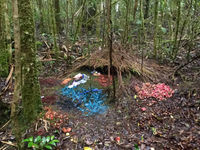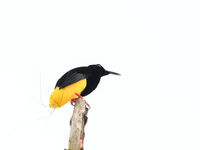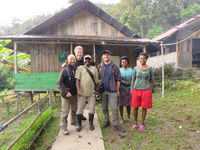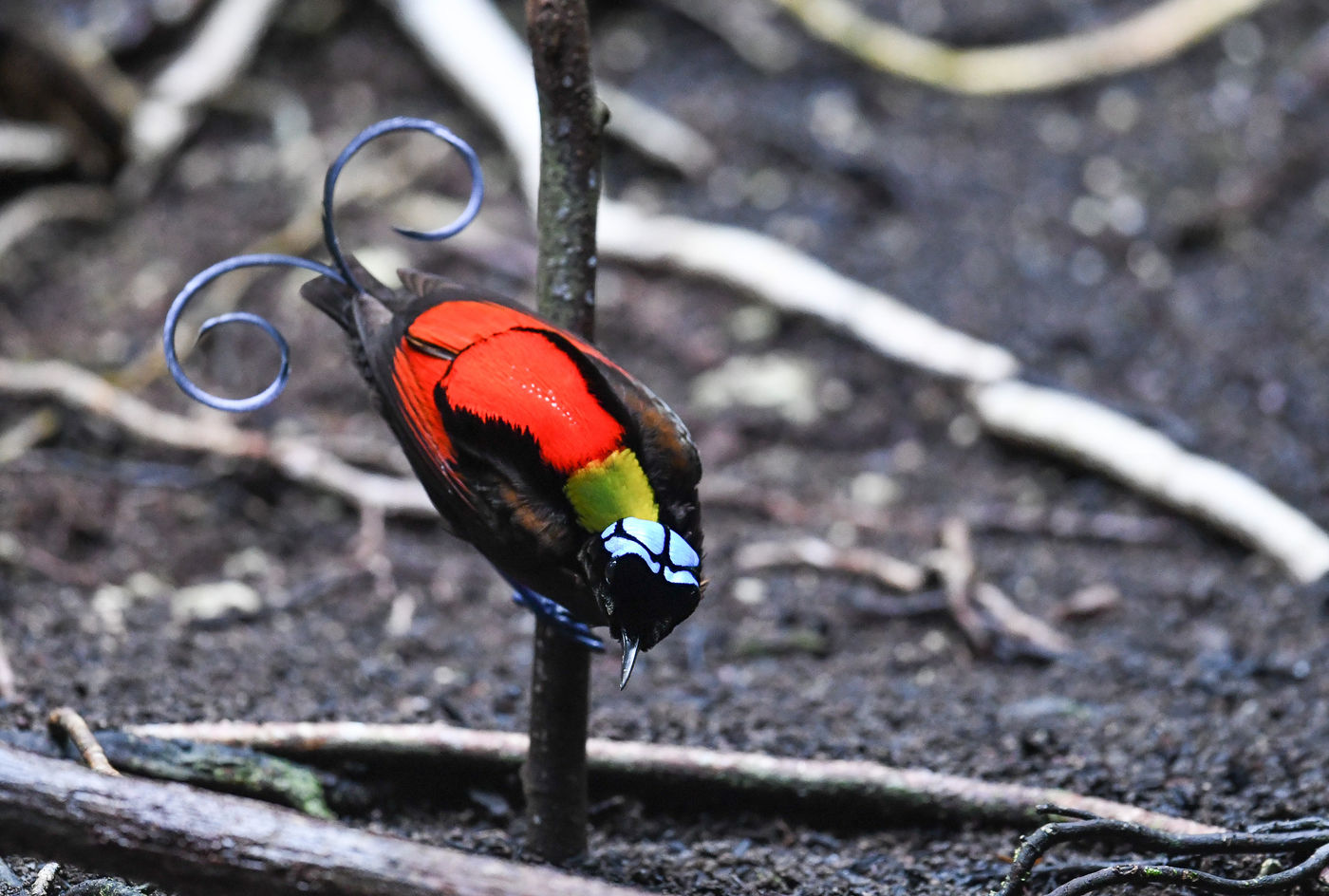






































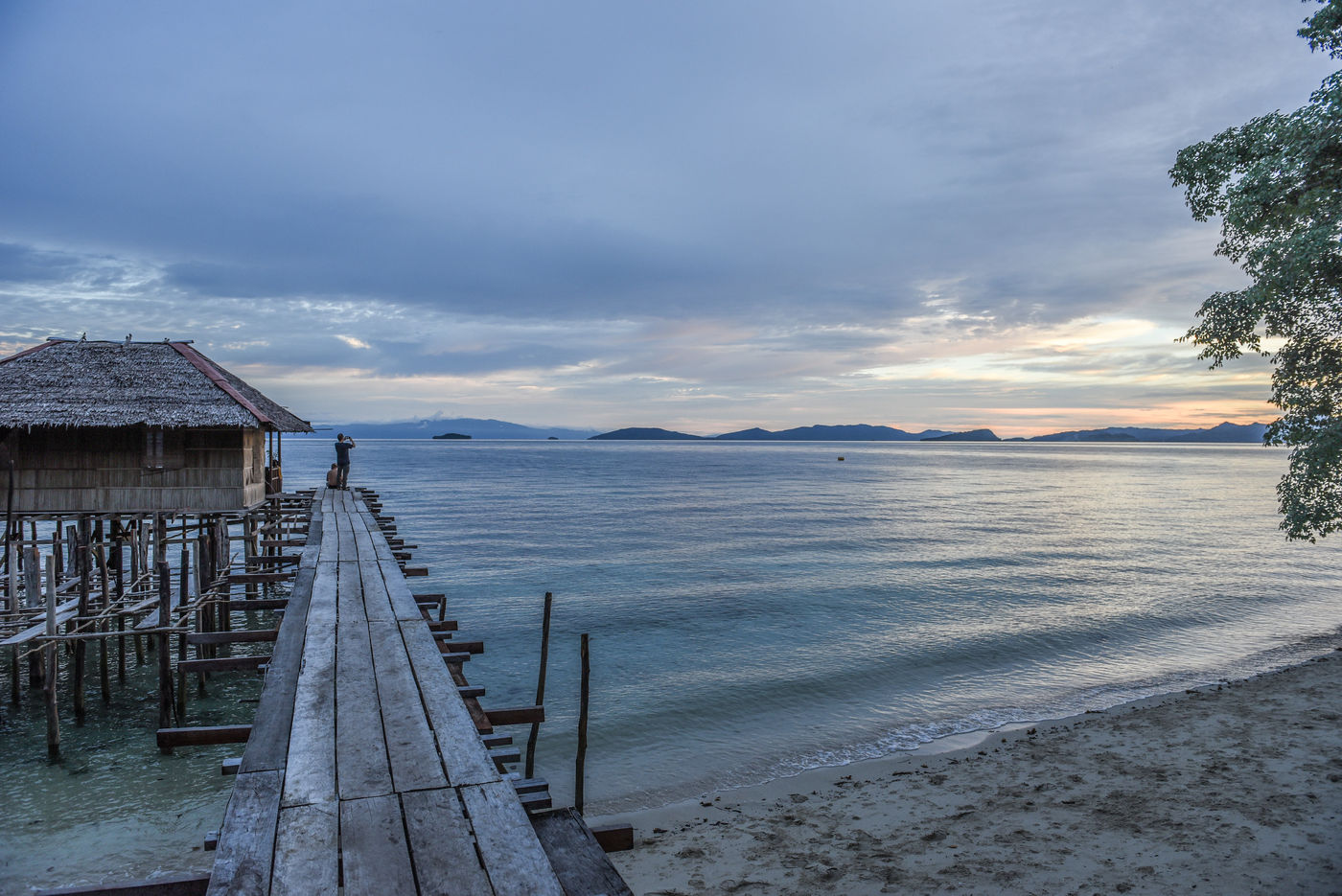



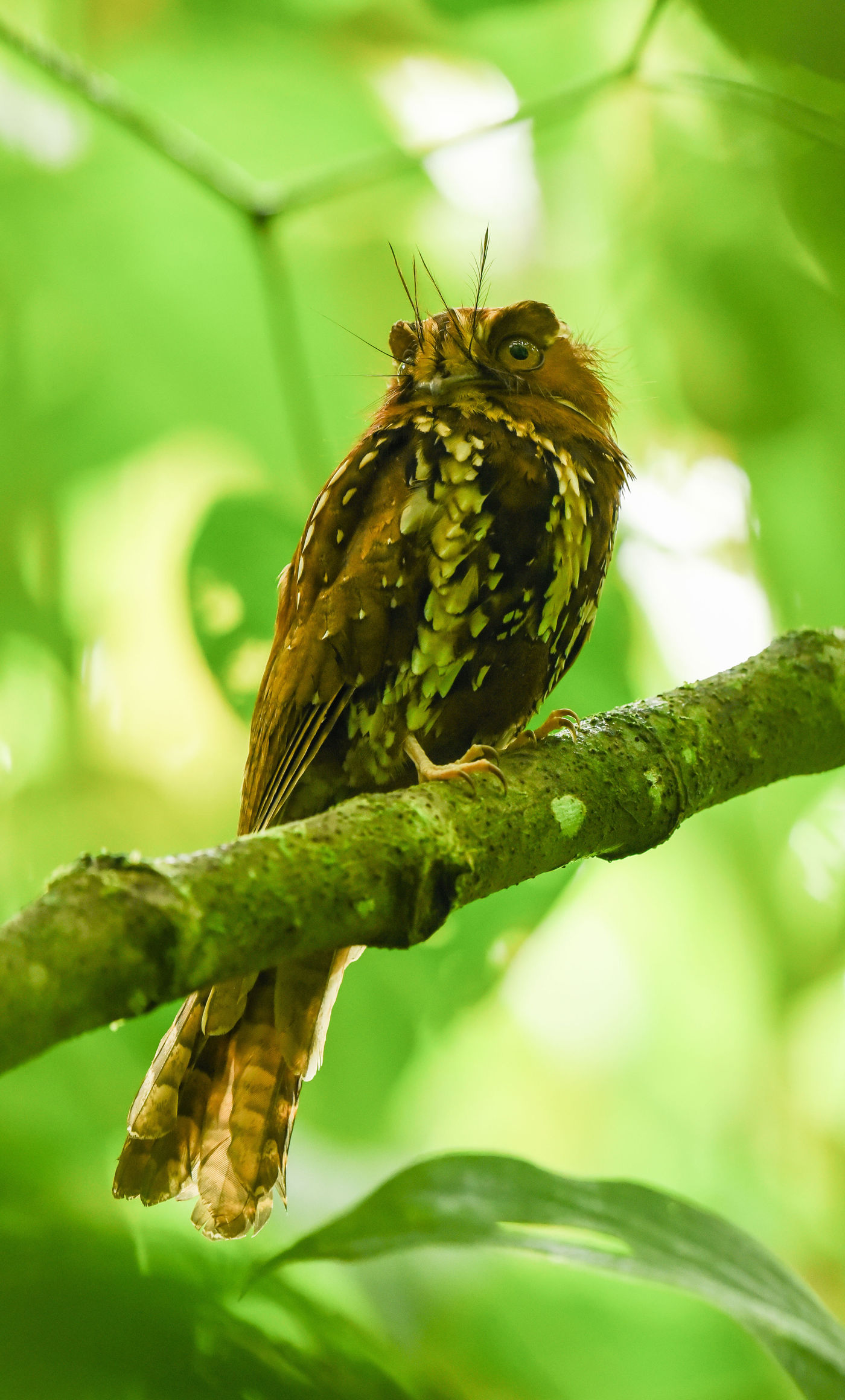

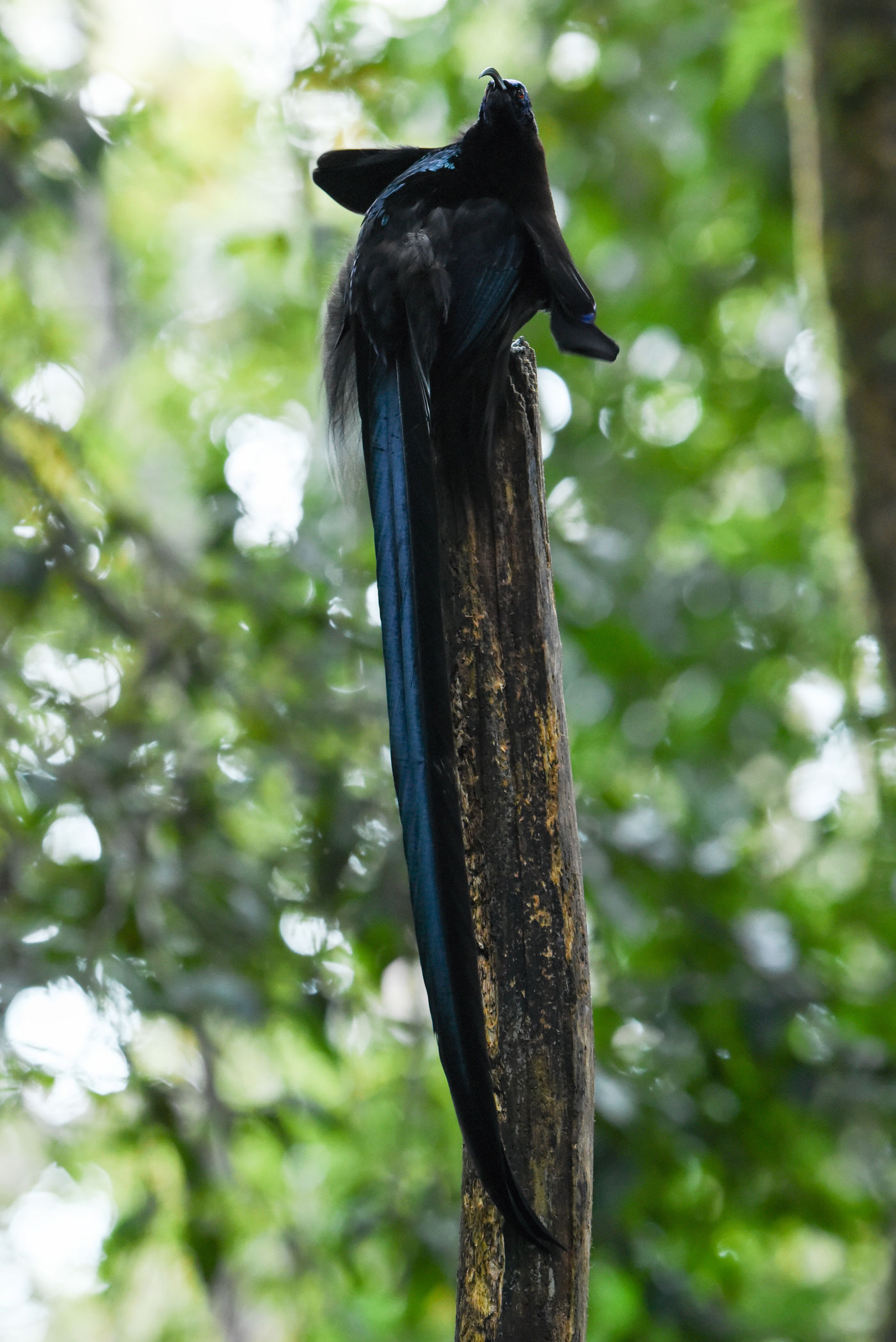

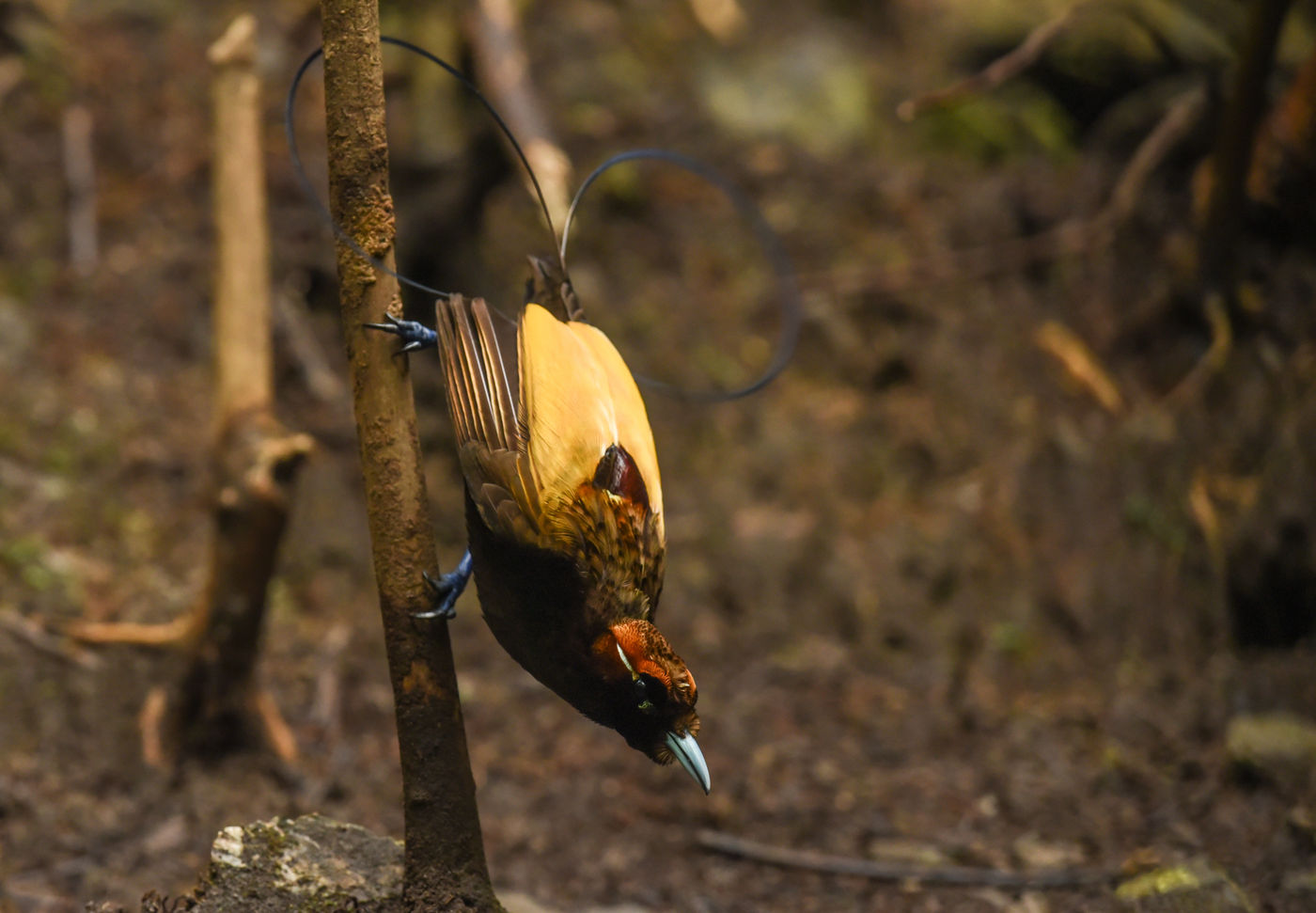


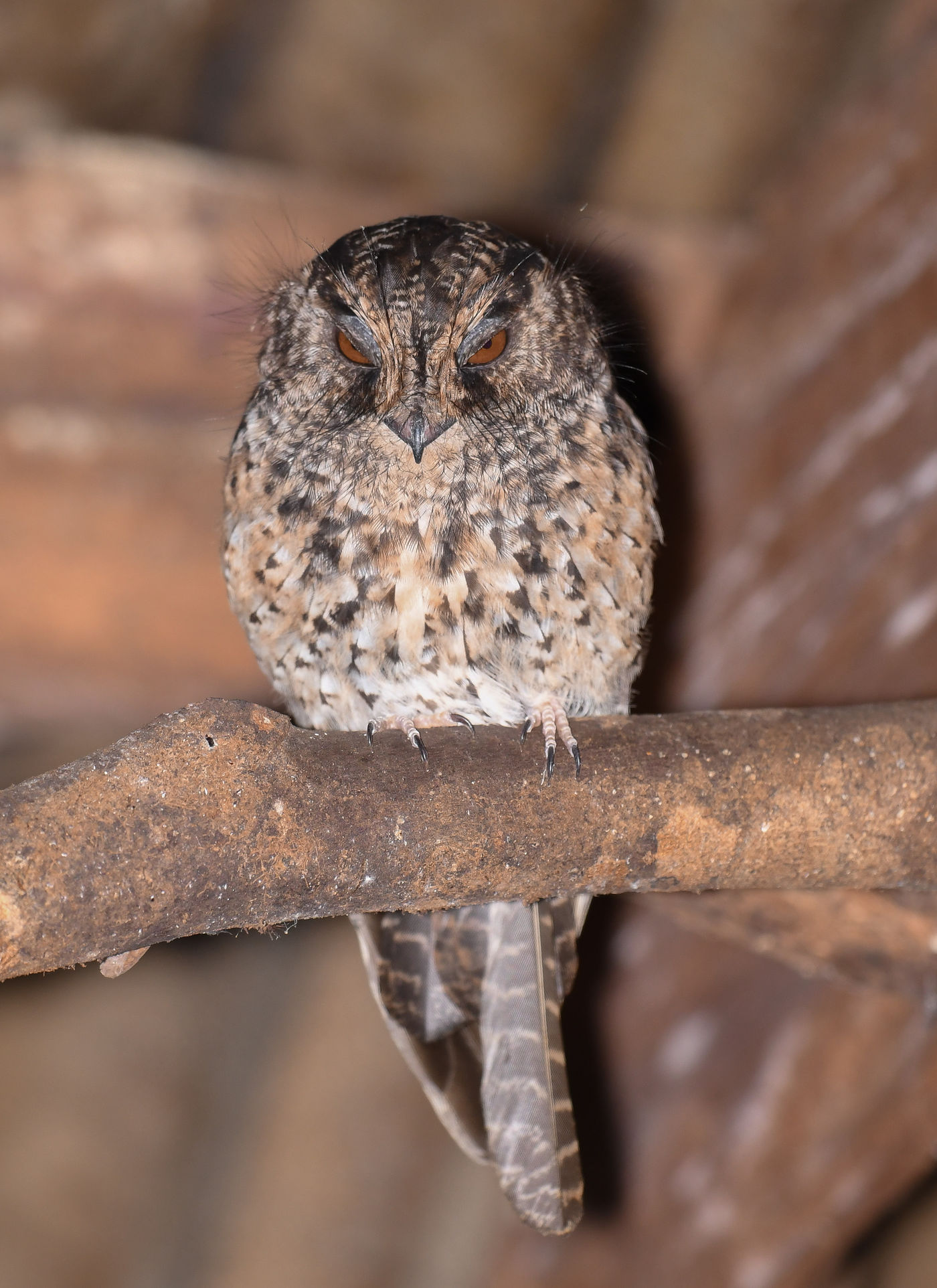














Photo report: bird-of-paradise tour to West Papua in 2017
At the end of July 2017, the second STARLING tour to West Papua started. A dream destination that is on the bucket list of many world birders. The lucky STARLING guide to get this tour going was the ever-enthusiastic Geert Beckers, whom we can now basically call Papua expert. Two local guides from Birding Indonesia joined the team as well. Together they guaranteed a top experience.
Just like on our first Papua trip, we traveled with a balanced mix of three Flemish and four Dutch people. The Dutch departed from Schiphol and the group met in Istanbul. In Jakarta we met our two extra supervisors from Birding Indonesia. The following weeks they would accompany us to ensure that everything runs smoothly. Now that the group was complete, we boarded the adventure on a night flight to Jayapura!
On our first morning we of course immediately went birding! Around lake Sentani we saw some nice specialties such as grand munia, pheasant coucal, crimson finch and many others. A promising start before we traveled to the village of Nimbokrang, where we would stay five days and visit different types of lowland rainforest. Guide Jamil was nothing short of excellence, with his perfect knowledge of the region and the target species that live there.
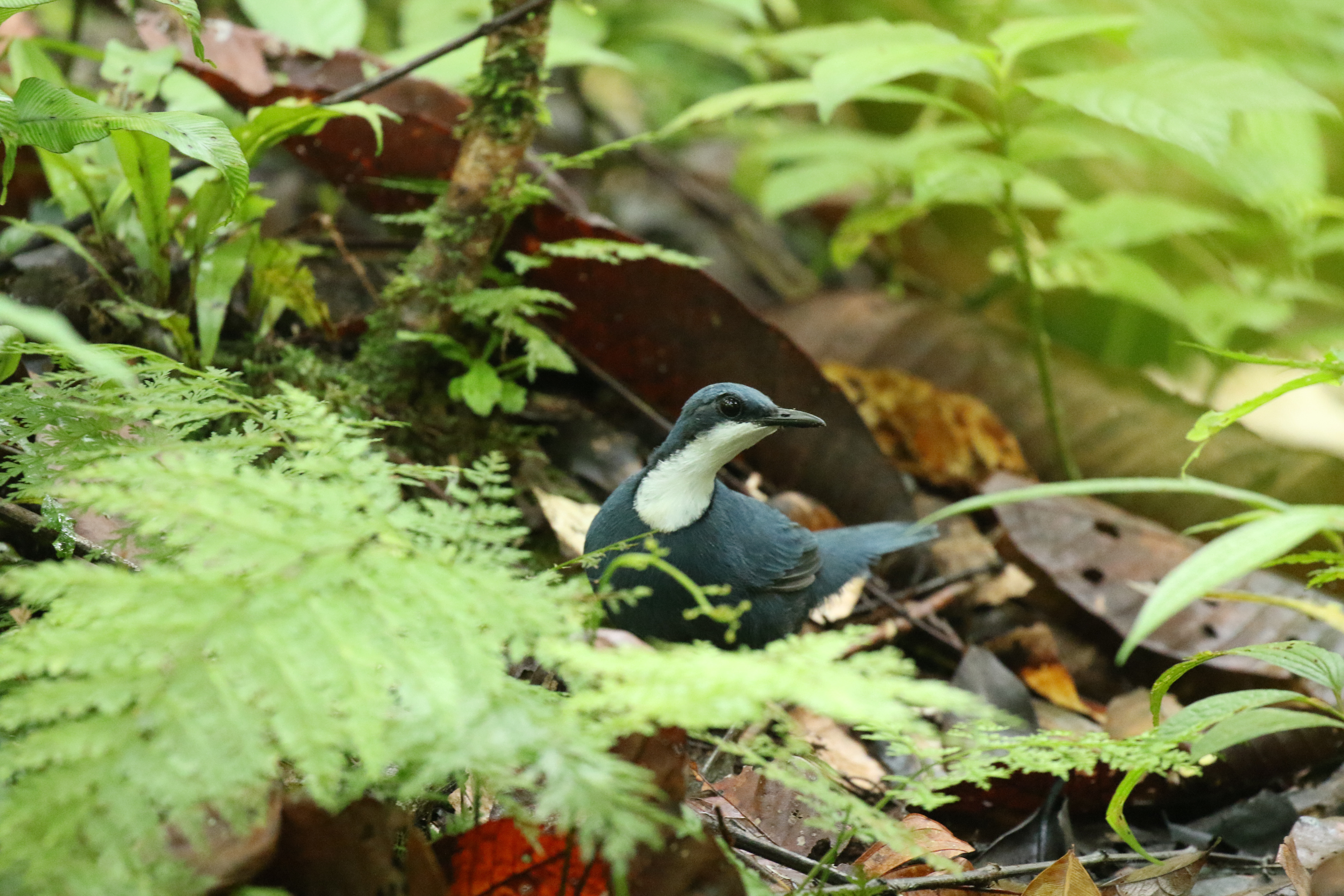
Birds-of-paradise show by dawn
The first morning in Nimbokrang was unbelievable. Before dawn we were guided through the rain forest to arrive at a place where we would see the mysterious lesser bird-of-paradise bounce around in the morning sun. We got to see an incredible show of two males with just a coming and going of females who came to inspect the art of dancing and, just like us, were very impressed.
The same morning also had some other gifts in store: an adult male king bird-of-paradise, one of the most beautiful birds on the planet, the endemic and range restricted pale-billed sicklebill and the extremely rare blue-black kingfisher, one of the wishes of participant Silas. After a nice lunch and a short siesta we visited another piece of rainforest and had a fantastic sighting of shovel-billed kingfisher and a New Guinea death viper who was roosting on the track and did not immediately intend to get out of the way.
With our group we used a number of different techniques in the following days to observe as many beautiful and typical species of this region as possible.
During our entire stay in Nimbokrang we had two comfortable cars with driver at our disposal to make the best choices as flexibly as possible.
This way we managed to see three more birds-of-paradise: at two locations there is a displaying male twelve-wired bird-of-paradise, numerous glossy-mantled manucodes and after some sneaking around a male magnificent riflebird. Other highlights were the particularly beautiful and colorful observations of the smurf blue blue jewel-babbler, the apple-blue Salvadoris fig-parrot, the buff-faced pygmy-parrot that is just as big as a kinglet, Papuan pitta, Papuan hawk-owl, Gurney’s eagle, black butcherbird , Sooty thicket-fantail and I could go on and on…

Ballerinadans en droomsoorten vinden
From Jayapura we took a domestic flight to the city of Manokwari on the Vogelkop Peninsula. We do some serious shopping there to drive two large jeeps full of provisions for the coming week to our final destination, deep in the remote Arfak Mountains. Despite the remote location, there are two other (large) groups of travelers in the mountain village of Sioubri. We decide to start the trek the next day to the higher parts of the Arfak Mountains. A conscious decision to avoid having to camp with the other groups and to be flexible in the use of the different hides that Zeth has built.
We succeed: from the front row we admire a male western parotia doing his famous ballerina dance for us, the one and a half meter large black sicklebill, magnificent bird of paradise and the bizarre Vogelkop bowerbird.
The hike is physically demanding at times, but with three supervisors we were always able to respond to the pace and wishes of the seven participants.
Our time in the Arfak Mountains was also very successful outside the hides. We found the rare Arfak astrapia and long-tailed paradigalla quite easily. The mountain– and feline owlet-nightjar were very much at the top of participant Alex’s wish list and are particularly appreciated.
Pursuit by jeep
We can add some insanely beautiful observations to our list: spotted jewel-babbler, a male masked bowerbird, a female wattled brush-turkey, logrunner, goldenface, metallic pigeon, Papuan lorikeets, garnet-, white-faced- and smoky robins and finally two very special Vogelkop endemics: white-striped forest-rail and… gray-banded manakins.
How this last sighting happened? Right before our departure, the first photos of the gray-banded manakins appeared on the internet. That definitely spiked our curiosity and after some research we decided on the spot to rent a jeep and take a chance to find this species in the high regions of the Arfak Mountains. It would be a challenging ride in a breathtaking landscape and eventually we arrived in a suitable habitat for the species. Shortly after we have a nice flock of manakins in sight. The atmosphere in our group is hands down euphoric!

Hunt for a crowned-pigeon
From Manokwari we then take a short flight to the harbor city of Sorong from where we take the ferry to the island of Waigeo, one of the Raja Ampat islands. The sea has some nice surprises in store with numerous frigatebirds and large groups of Indian bottle-nosed dolphins, the white-tailed tropicbird, wilson’s storm-petrel, sooty tern and various Matsudaira’s storm-petrels.
The island makes for a nice of the journey where we sleep on snow-white beaches and snorkel in between beautiful corals. A welcome change!
The rainforest here also had a whole host of beautiful observations in store for us. In addition to the two Raja Ampat endemic bird-of-paradise Wilson’s bird-of-paradise and red bird-of-paradise we had superb observations of the beautiful palm cockatoos, black lorries, lowland peltops, common paradise-kingfisher, white-eared catbird, dusky scrubfowl and a Waigeo brush-turkey! A group of the impressive Western crowned-pigeon, the largest pigeons on our planet, provided the necessary excitement.
Participant Alex and local guide Mehd show us beautiful images of three crowned pigeons that approached them up to a few meters. After proper instructions, the rest of the group goes on a “hunt”. We split up and a large part of the group found the three again, just before they disappear into the rain forest again on a steep slope. For the rest of the group, it looks like a lost cause … but at STARLING we never give up! Participant Silas and guide Geert keep searching in the right habitat and eventually find two other crowned pigeons. Tired but satisfied we find the rest of the group back at the beach, where we toast on the sightings with a fresh coconut!











































